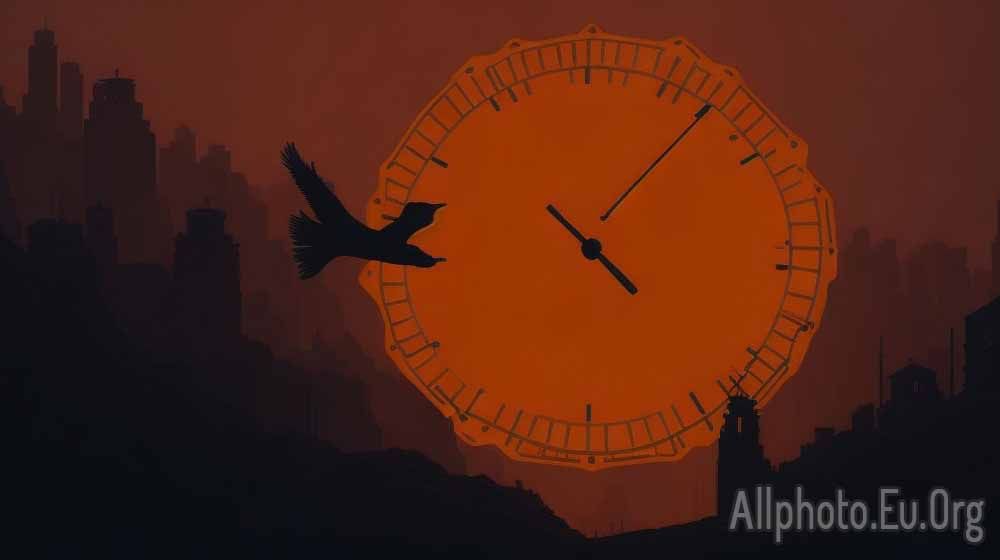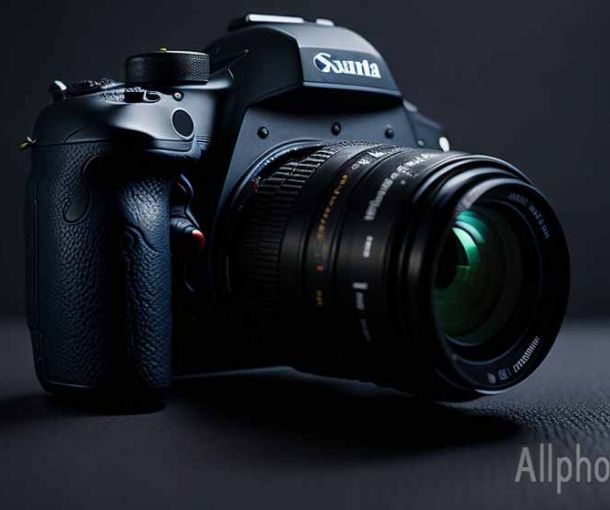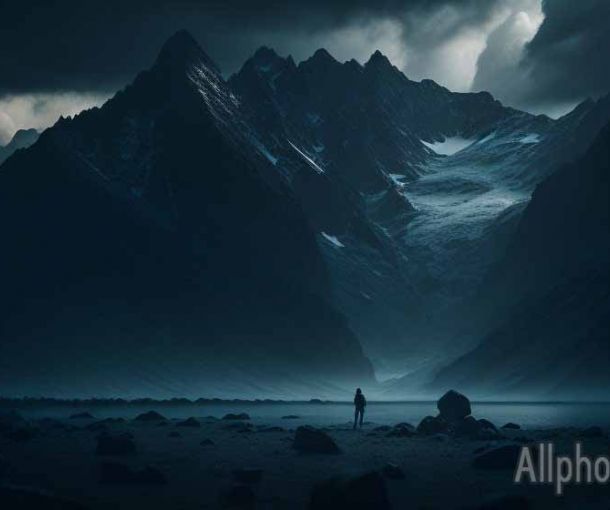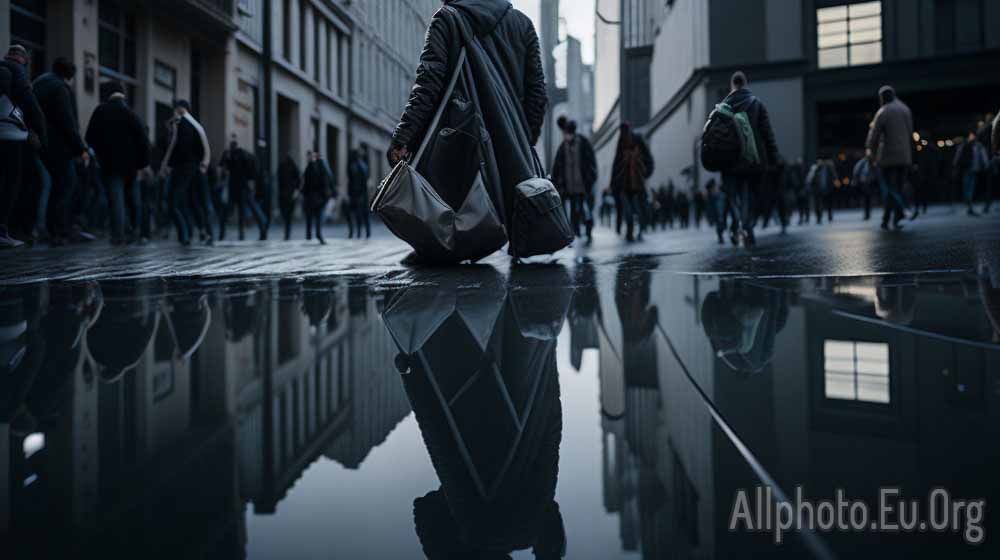The Importance of Timing in Photography: How to Capture the Perfect Moment

Photography is an art form that requires skill, creativity, and patience. One of the essential aspects of photography is timing. Capturing the perfect moment is the key to creating stunning photographs that tell a story and evoke emotions. Timing is not just about taking the photo at the right moment; it also involves understanding the subject, anticipating the action, and adjusting your camera settings. In this article, we will discuss the importance of timing in photography and provide tips on how to capture the perfect moment.
Why Timing is Important in Photography
Timing is crucial in photography because it can make or break a shot. The perfect moment can create a visually stunning image that tells a story and evokes emotion. On the other hand, a poorly timed shot can result in a bland, uninteresting image that lacks any impact. Timing in photography is about anticipating the action and capturing the perfect moment. It requires the photographer to be aware of the subject, their surroundings, and the lighting conditions. Timing is not just about pressing the shutter button at the right time, but also about being prepared and adjusting your camera settings to capture the perfect moment.
Tips for Capturing the Perfect Moment:
-
Understand Your Subject
To capture the perfect moment, it is essential to understand your subject. Whether you are photographing people, animals, or landscapes, it is important to understand their behavior, movement, and body language. This will allow you to anticipate their actions and capture the perfect moment. For example, if you are photographing a lion, you need to know when it is most likely to roar, stretch, or yawn. This knowledge will help you prepare and adjust your camera settings to capture the perfect moment.
-
Be Patient
Patience is key when it comes to capturing the perfect moment. It may take several attempts to get the shot you want, but don't give up. Be patient and keep trying until you get the shot you want. Sometimes, the perfect moment may come unexpectedly, so be ready at all times.
-
Use the Right Equipment
Using the right equipment is crucial when it comes to capturing the perfect moment. A fast camera with a high frame rate and a quick autofocus system is essential for capturing action shots. A telephoto lens can also help you get closer to your subject and capture the perfect moment. Additionally, a tripod or monopod can help stabilize your camera and reduce camera shake.
-
Pay Attention to the Lighting
Lighting is a critical factor when it comes to capturing the perfect moment. Understanding the lighting conditions and adjusting your camera settings accordingly can make all the difference in your shot. For example, if you are photographing in low light conditions, you may need to increase your ISO, open up your aperture, or use a slower shutter speed to get the shot you want.
-
Anticipate the Action
Anticipating the action is essential when it comes to capturing the perfect moment. This requires you to be aware of your surroundings, understand your subject, and be ready at all times. For example, if you are photographing a bird in flight, you need to anticipate its movement and be ready to capture the perfect moment when it spreads its wings.
-
Look for Unique Perspectives
Capturing the perfect moment doesn't always mean taking the shot from the same angle as everyone else. Sometimes, getting a unique perspective can make all the difference in your image. Try getting down low, shooting from above, or using different angles to capture the perfect moment.
-
Use Continuous Shooting Mode
Continuous shooting mode can be a useful tool when it comes to capturing the perfect moment. This mode allows you to take multiple shots in quick succession, increasing your chances of getting the shot you want. However, be mindful of your camera's buffer and storage capacity, as shooting in continuous mode can quickly fill up your memory card.
-
Be Prepared
Being prepared is essential when it comes to capturing the perfect moment. This means having your camera ready, your settings adjusted, and your composition planned out. You never know when the perfect moment will present itself, so be ready at all times.
-
Practice, Practice, Practice
Capturing the perfect moment takes practice. The more you practice, the more you will develop your timing skills and be able to anticipate the action. Take the time to practice different techniques and settings, and don't be afraid to experiment.
Conclusion:
Timing is a critical aspect of photography that requires skill, patience, and practice. By understanding your subject, being patient, using the right equipment, and paying attention to the lighting, you can improve your timing and capture the perfect moment. Additionally, anticipating the action, looking for unique perspectives, using continuous shooting mode, being prepared, and practicing regularly can help you master the art of timing in photography. Remember, capturing the perfect moment is about telling a story and evoking emotions, so take the time to develop your timing skills and create stunning images that will stand the test of time.
Tags
Latest Articles
Most Read
All Tags
Subscribe
Donate
Please consider supporting our efforts.
© 2023 All-Photo.Cf All rights reserved.










